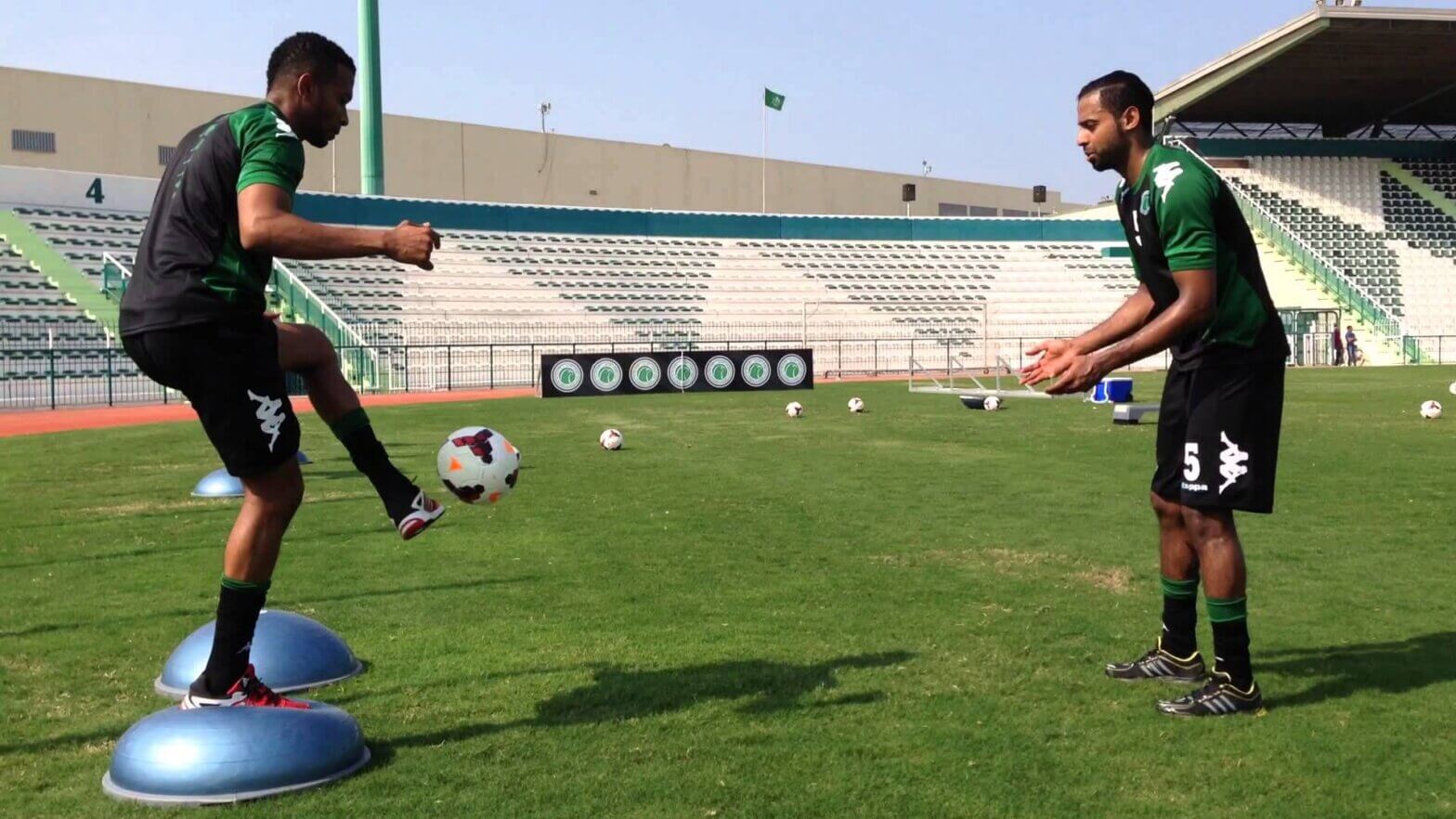Hamstring strains are common in sports involving high speed dynamic movements such as soccer, football, hockey or any activities involving rapid changes in knee position. These injuries can cause significant pain and limit one’s participation in daily activities. This article will discuss the anatomy of the hamstrings, causes of strains, and information on recovering from this injury.
What Are The Hamstrings?
The hamstrings are a group of muscles in the back of the leg that span from the pelvis to just below the knee. Specifically, the hamstrings consist of the biceps femoris, semitendinosus, and semimembranosus. When contracting, these muscles perform flexion of the knee and controlled extension, or straightening, of the knee. They also help to perform extension of the hip during running, for example.
Hamstring Strains
A strain occurs when a muscle is stressed beyond its physical capacity. This can occur through rapid extension of the knee or extension of the hips from a position of hip flexion. When the forces applied to the muscles are greater than their tolerance, tearing can occur. This can range in severity from grade I to grade III tears. In a grade I tear, damage to several muscle fibers has occurred though the knee can likely move through its full range of motion with mild pain and stiffness. With grade II tears, a greater number of muscle fibers become damaged and acute pain and swelling may be present. This can alter a person’s gait and otherwise impact their functional abilities. A grade III tear is the most severe and involves damage to more than half of the muscle fibers or a complete tear of the muscles. This will result in significant pain, swelling, and functional deficits. Regardless of the tear severity, proper rehabilitation is essential for restoring normal function.
Hamstring Strain Rehabilitation
Reestablishing normal muscle tissue quality and restoring function is the primary goal of hamstring strain rehabilitation. Only in the case of a complete rupture (grade III) tear is surgery indicated for this type of injury. Otherwise, physical therapy is the recommended approach to reduce symptoms and promote return to daily and recreational activities.
A physical therapist will assess range of motion, flexibility, strength, swelling, and functional deficits to establish a plan of care. Ice and elevation are used early on to minimize swelling and reduce acute pain. Gentle flexibility and strengthening exercises are typically implemented early on to ensure adequate extensibility of the muscles and promote healing through loaded activation of the muscles. As one progresses through this process, sport-specific and functionally oriented exercises will be implemented to improve tolerance to these activities and promote a safe return to minimize risk of injury.
If you have experienced a hamstring strain, physical therapy can help you reduce your symptoms and improve muscle function. Call Respire Physical Therapy at 703-671-1871 or click here to schedule an evaluation with a Physical Therapist today and get back to your favorite activities!
Tags: ptworks, Physical Therapy, pain free living, Respire Physical Therapy, hamstring pain, physical therapist, hamstring strain, hamstring injury, pt education, choosept, arlingtonva, alexandriava, sport injury, fallschurchva



